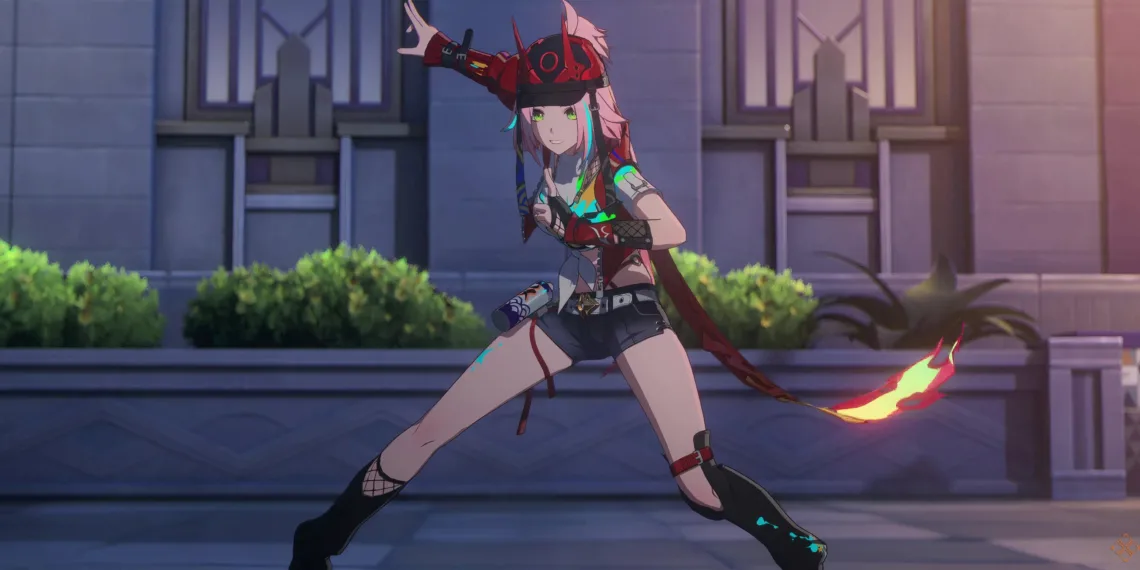Team building is a crucial aspect of any role-playing game, particularly in Honkai: Star Rail. Since gaining access to certain characters can be limited by your playtime or budget, knowing how to assemble an effective team becomes vital for endgame success. Without a solid team of high-level characters, tackling the more challenging content won’t be feasible.
Creating a strong team isn’t overly complicated, and the foundational skills you acquire early on will significantly benefit you. This guide will cover essential team building principles.
Team Building Fundamentals – Roles and Skill Points
Honkai: Star Rail employs a familiar RPG team-building structure, where characters have specific roles that dictate how they are played and developed. Characters generally fall into one of four categories:
- Main DPS: This character is your primary damage dealer, utilizing the majority of your Skill Points. They typically lack self-sustaining measures and focus on quickly taking down enemies.
- Sub-DPS: These characters serve as secondary damage dealers, adding to the overall damage output or applying debuffs to opponents.
- Support: Support characters provide team-wide buffs, enhancing damage or applying debuffs that lower enemy defenses.
- Sustain: The main goal of Sustain characters is to keep the team alive. While their damage output is usually low, they excel in healing or providing shields.
These roles tend to be well-defined, and while there may be exceptions, it’s generally not advisable to try and turn a Sustain character into a DPS.
Every character contributes to your overall Skill Point economy. You start each battle with 3 Skill Points and can have a maximum of 5 during combat (or 7 with specific bonuses). Using a character’s skill costs one Skill Point, but you regain one by executing a basic attack with any unit.
Maximizing Skill Points
A primary objective in team building is to create a configuration that generates more Skill Points than it consumes.
To achieve this, it’s ideal for your three non-main DPS characters to use their skills no more than every other turn. The best Support and Sustain characters in the game (such as Robin and Aventurine) often don’t require more than one skill activation every three turns, making them efficient choices for almost any team setup.
Skill Point efficiency is a common attribute among Support and Sustain units, though not universal.
Team Building Basics – Damage Types
A key mechanic in Honkai: Star Rail combat is Weakness Break, which allows you to reduce an enemy’s Toughness (represented by the white bar above their health) to zero, stunning them and enhancing their vulnerability to damage.
Each enemy typically has defined weaknesses to various elements, and the effectiveness of your team can significantly affect combat success. It’s crucial to include at least one character in your team capable of exploiting an enemy’s weaknesses, especially during endgame struggles, where enemy health pools are substantial.
Element Diversity and Damage Types
While it’s ideal to have team members using different elements for comprehensive coverage, it’s also periods when having similar elements may be advantageous. However, this is often a specialized scenario requiring specific high-tier characters.
Different characters employ various methods to deal damage:
- Ultimate-focused: These characters primarily rely on their Ultimate abilities for significant damage, with low output at other times.
- Follow-up attacks: These are automatic attacks that occur outside the regular turn sequence, functioning as extra no-cost hits.
- Damage-over-Time (DoT): These units inflict a debuff that triggers elemental damage against enemies with each action.
- Super Break: This damage type activates when a character buffs another and only triggers upon breaking an enemy’s weakness. While challenging to set up, it can yield substantial damage.
Some newer characters can combine two or more of these damage types, altering standard gameplay dynamics.
Building Multiple Balanced Teams
Given the varying elements and mechanics in Honkai: Star Rail combat, preparing at least two well-structured teams is necessary for endgame success. The story campaign also requires adaptability, as bosses you encounter will possess different elemental vulnerabilities, necessitating multiple team strategies.
Endgame activities might demand three or more specialized teams due to differing enemy types and mechanics across tiers. The best team compositions evolve with each game update, but we’ll highlight a few strong options for both newcomers and seasoned players.
Team Examples
Feixiao Follow-Up: This team composition includes Topaz or Imaginary March 7th, with Robin and Aventurine enhancement for resilience and follow-up attack incentives. Robin can use her Ultimate to provide teammates with additional turns while further buffing their abilities.
Firefly Super Break: This strategy merges Firefly with Harmony Trailblazer and Ruan Mei to maximize Super Break damage, alongside Ruan Mei’s Ultimate, which reactivates when an enemy’s Toughness resets. Here, Lingsha and Gallagher can switch roles without affecting the team’s efficiency.
Recommended Free-to-Play Team
If you’re new to Honkai: Star Rail, you won’t be at a disadvantage team-wise. While not perfect for endgame, a solid configuration using Qingque as your main DPS, alongside Serval, Asta, and Natasha, will likely take you through the first two planets of the main storyline and possibly further with proper investment.
Focusing on building multiple teams with diverse elements ensures you can meet any challenge the game presents, allowing for a more rewarding gameplay experience.






